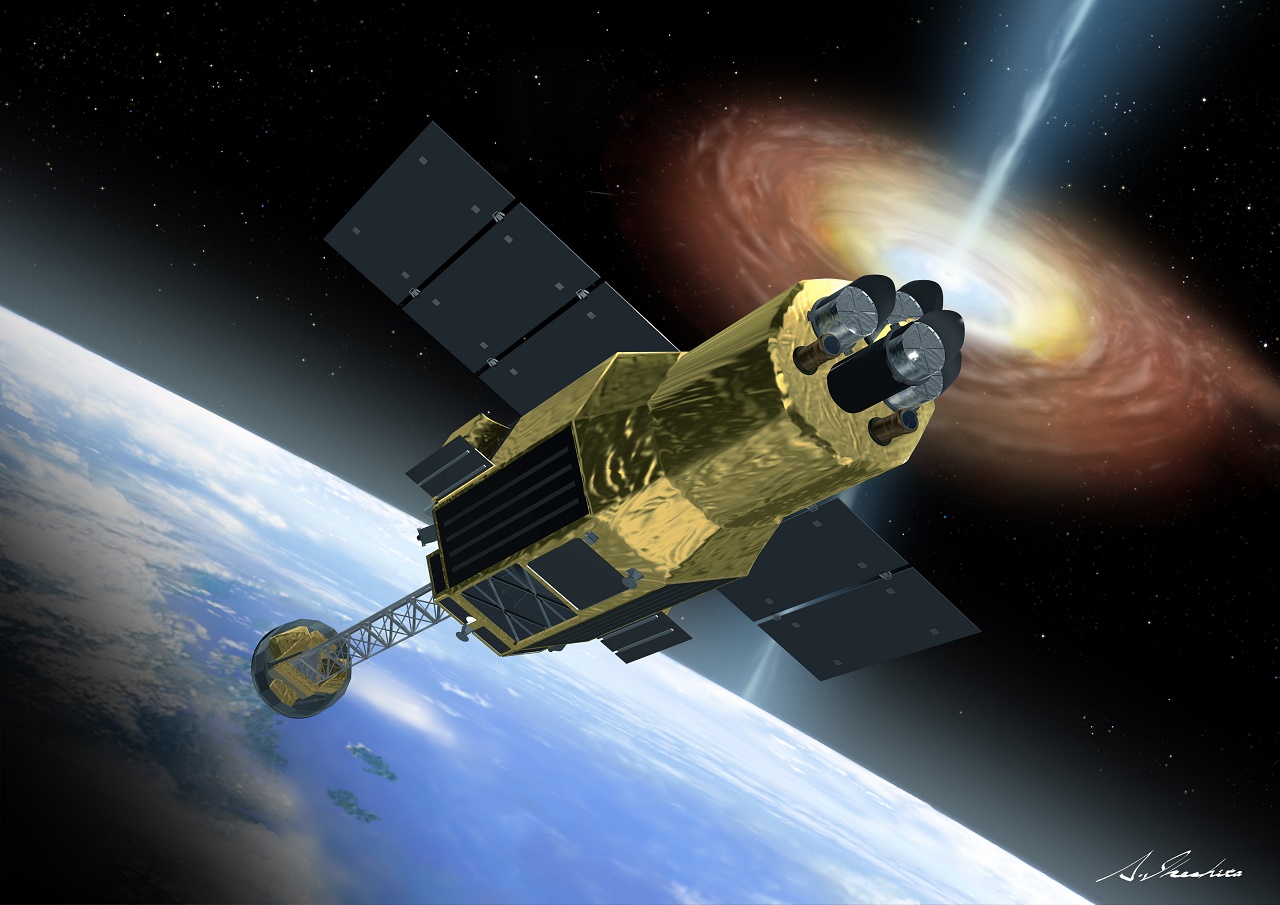Last week the Japanese space agency JAXA launched the satellite Astra-H. It is Japan’s largest space telescope ever, it will observe radiation with really high energy – X-rays and gamma radiation – emitted from black holes and giant galaxy clusters.
Astro-H is Japan’s third attempt to launch an X-ray telescope. A rocket failed and crashed shortly after launch in the year 2000, the telescope Astro-E was completely destroyed. Five years later the satellite Suzaku was launched, but it had problems with the helium gas which was used to cool a particular part of measuring equipment on board, making it unusable. W
ith Astro-H, the researchers have remade the design of the helium tank and the telescope is now ready for launch.
_____________
Astro-H JAXA
__________________________























